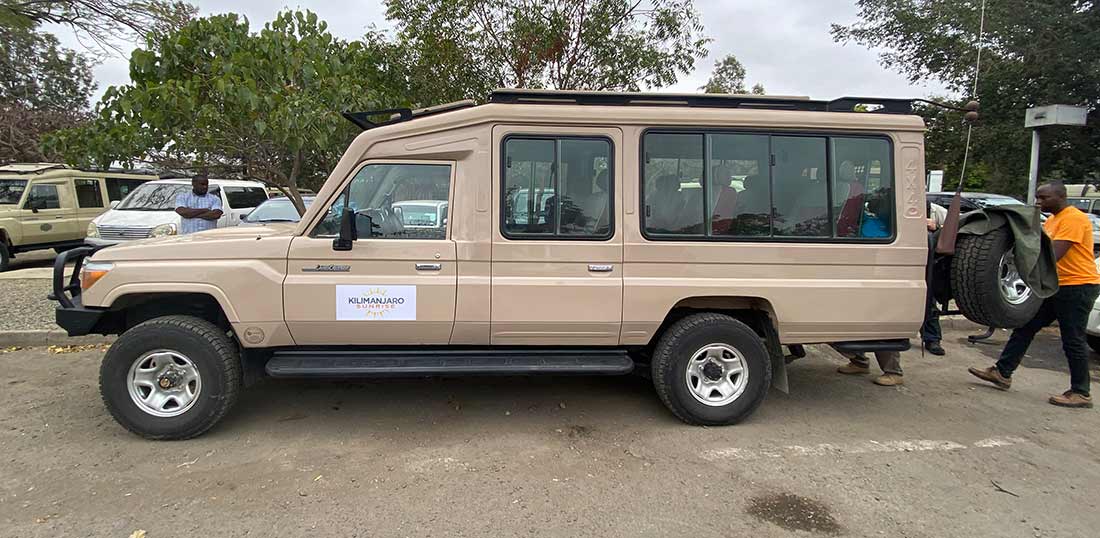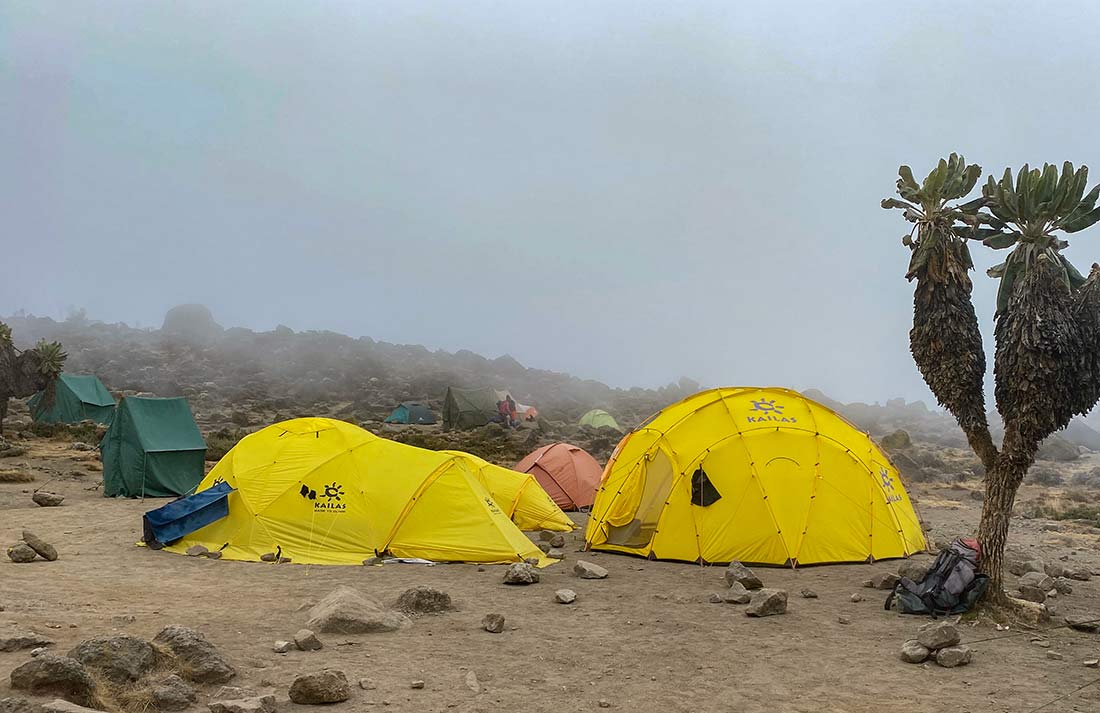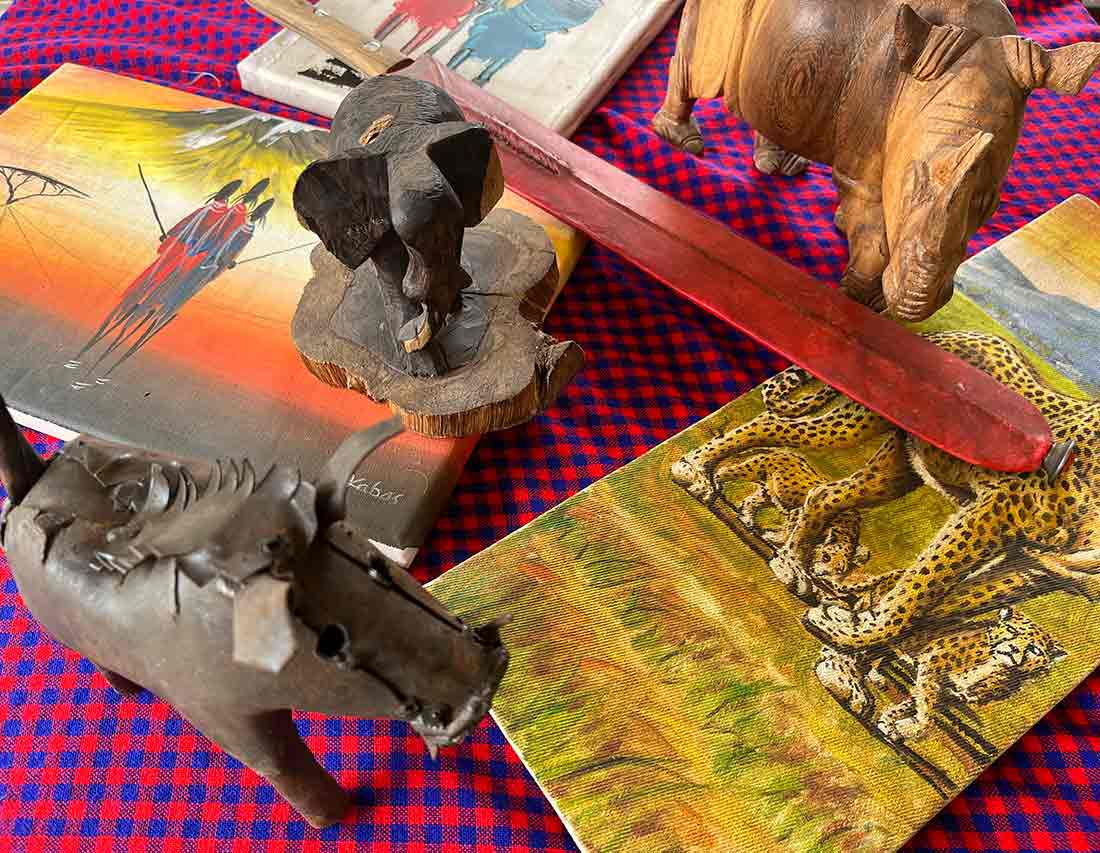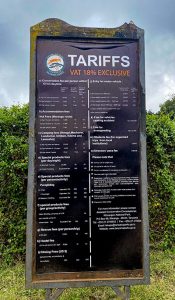
First of all, the price of Kilimanjaro treks doesn’t change throughout the year. Occasionally, we will put a trek or two on a specific route on sale, but not very often.
Furthermore, the price of the Parks, the permits, and taxes also do not change. So how can you save money when climbing Kilimanjaro?
We have done a lot of homework on the subject. The below list is some of our favorite cost-saving tips to climb Kilimanjaro and visit the best safari parks in the world.
Climb With More People

The number one best way to climb Kilimanjaro for less money is to go with more people. If you can get four or more people then booking a private climb costs about the same as a group climb. But, you can split costs. Some of these costs include the airport transfers. We can transport up to six people and luggage in our vehicles, but the cost is still the same for the transfer.
Furthermore, you can split the cost of renting a private toilet tent. They are good for up to four people. They are much more sanitary than public toilets. Since you are on the mountain for so many days, keeping clean is difficult. The last thing you want is to get sick from using the public toilets.
Sharing a tent and hotel room with another person is also more cost-effective. Our tents are four-person tents with plenty of room for two people plus your gear. See here: https://youtu.be/U2dpD-jAdAg
Safari
For safaris, the price decreases with the more people you add. We can hold up to six people per vehicle. See here: https://kilimanjarosunrise.com/safari/
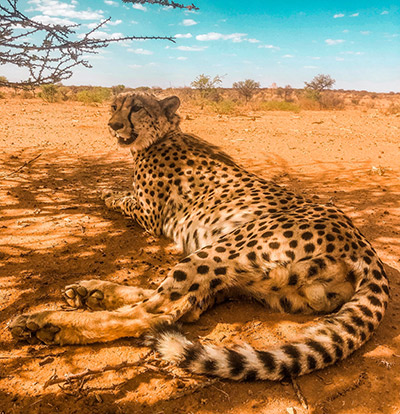
Time of Year
You can also save some money by booking your trip and in turn your flights during the off-peak times. For Kilimanjaro, that is October and the beginning of March. October is after the summer vacation rush. Additionally, March is after the holidays and right before the rainy season.
If you don’t mind the rain, then November and mid-March through the end of May are ideal times to go. There will be few people on the mountain and the cost of flights will be lower. We do recommend doing the Marangu route since it is the only route that has you sleeping in huts versus tents. This will keep you drier. Since it is the rainy season we do not offer group climbs during these times.
Renting Equipment
Another way to save money when climbing Kilimanjaro is by renting equipment. We rent sleeping bags, jackets, trekking poles, and duffel bags. Renting these items instead of purchasing them is much more economical. A good jacket for Kilimanjaro can run you close to if not more than $200. We rent them for $20. You can also use the sleeping pad we provide. All our rental gear is thoroughly cleaned between treks.
Booking Flights
To keep the price of your flights more reasonable, book a private climb to start on an off day. For example, most operators have their clients arrive on Friday or Saturday and begin their climb on Sunday. If you book your flight to arrive on Monday or Tuesday and start your climb Wednesday, then, the Kilimanjaro camps will be less crowded, and you’ll breeze through Kilimanjaro International Airport (JRO) much quicker.
When it comes to booking your flight, they used to say that Tuesday or Wednesday was the best time. But with all the booking apps that is not true anymore. The best time to book your flight is when you see the cheapest flights.
Keep in mind that if you click on a flight, but don’t book, then the next time you go back, the flight will be more. This is due to the cookies on your web browser. They record your interest in a flight, and raise the price when you return. The best thing to do is to clear your browser cache before booking. If that doesn’t work, you can try using another device. For example, your computer at home has a specific IP address. If the browser reads your IP address it’ll also raise the price.
Use your phone instead. If your phone is using WiFi it’ll still read the IP address of your router, so use cellular.
Another tip—one that hasn’t been confirmed—is not to book your flight from an Apple computer. The IP address is unique to Macs and may affect the price.
Try other airlines as well. For example, flying with Delta/KLM airlines is a great way to travel to JRO. But check American/Qatar as an alternative.
If you book your flights with another person, you can also share your checked bag and the cost.
Snacks and Refreshments
Before heading to the airport, purchase your own snacks. International flights like KLM and Qatar feed you quite frequently and often. But the domestic flights and in the airports, you’ll have to pay the expensive food prices.
Furthermore, you are already bringing a water bottle for the mountain. Fill it with water after going through security.
Souvenirs
Finally, once you are in Tanzania, don’t go overboard when buying souvenirs. You’ll get home with a bunch of items that you have no use for. Trust us, we have experience with this one. The vendors will be very pushy. You’ll need to remember “hapana asante” which is Swahili for “no, thank you”.
Final Thoughts
We hope that we can make your dream of climbing Kilimanjaro a reality. If the cost was holding you back from booking your adventure of a lifetime, maybe these tips can help you save money when climbing Kilimanjaro.
